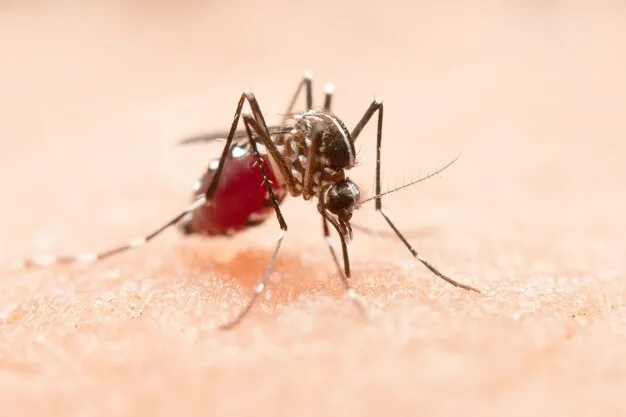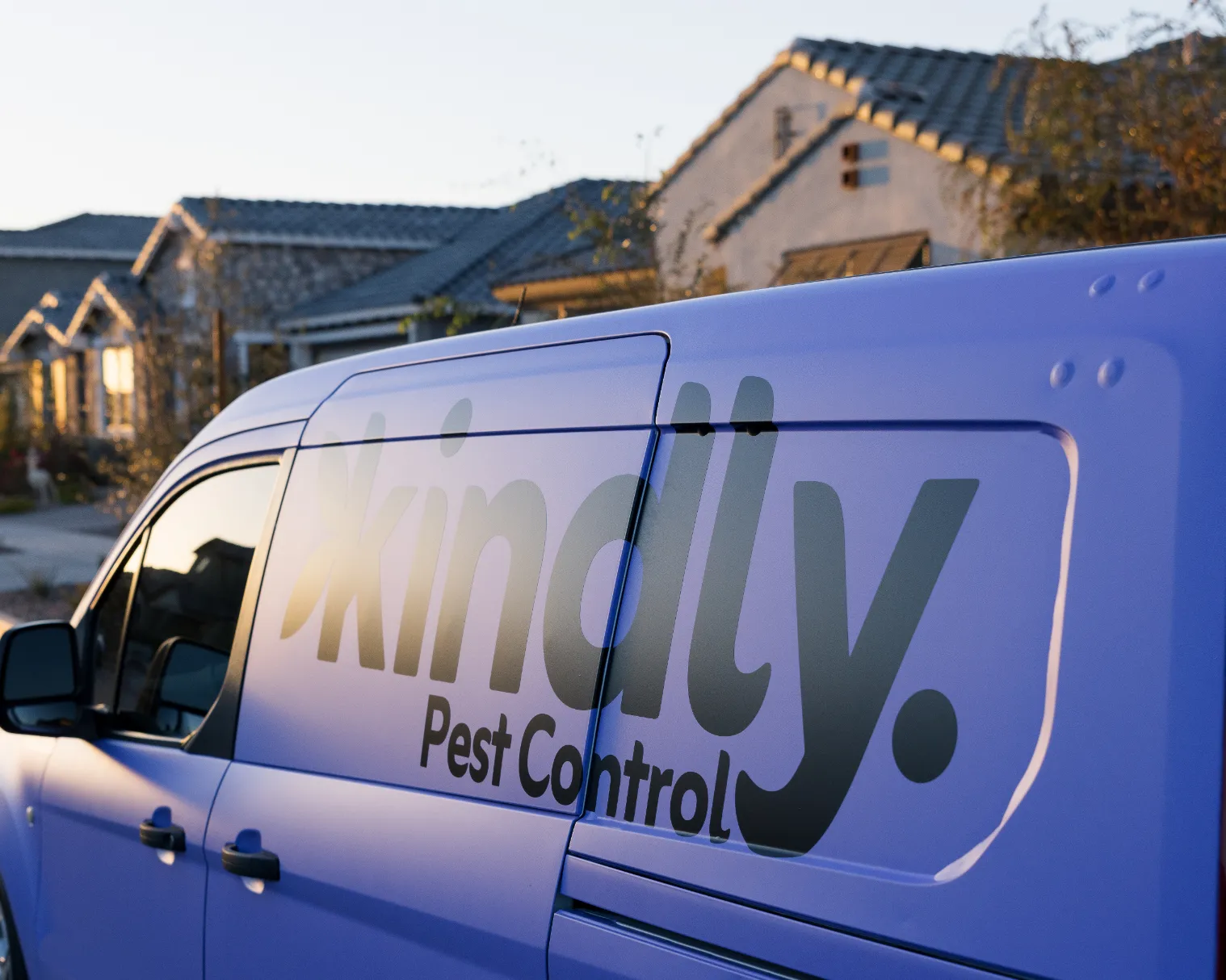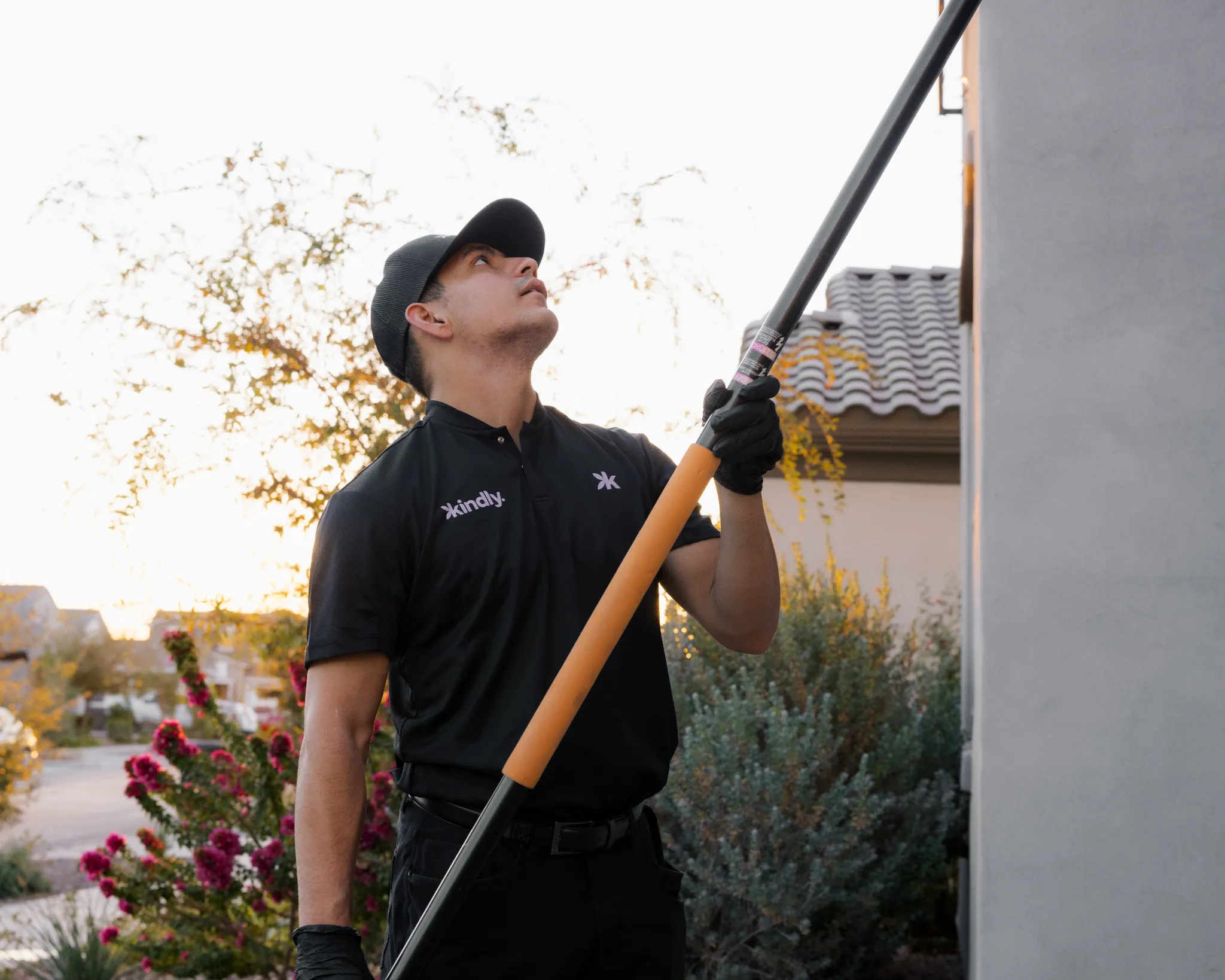An In-Depth Analysis: Does Phoenix Have a Mosquito Season? Understanding the Factors and Implications for Residents
This article delves into the intricate dynamics of mosquito populations in Phoenix, examining whether the city experiences a distinct mosquito season and the environmental factors that contribute to their proliferation. By analyzing climate patterns, urban development, and public health implications, readers will gain a comprehensive understanding of how these pests impact daily life in the region.
Additionally, practical guidance will be offered to help residents mitigate mosquito-related concerns, ensuring a well-rounded perspective on this pressing issue.

The Mosquito Lifecycle and Its Relevance to Phoenix
Understanding Mosquito Biology
Mosquitoes are a common nuisance in many regions, and Phoenix is no exception. The species prevalent in this area include Aedes aegypti, known for transmitting diseases such as yellow fever and the West Nile virus. Understanding the lifecycle of these pests is crucial for effective pest control in Maricopa County.
The mosquito lifecycle consists of four stages: egg, larva, pupa, and adult. Each stage has specific environmental requirements that influence their development. For instance, stagnant water is essential for the eggs to hatch, while larvae thrive in warm, shallow water. Factors such as temperature, availability of water, and humidity significantly influence mosquito reproduction and survival rates.
Climate Patterns in Phoenix
Phoenix experiences a desert climate characterized by extreme temperature fluctuations throughout the year. Summers can reach scorching highs, while winters are relatively mild. These temperature variations play a critical role in mosquito activity, as warmer temperatures generally accelerate their lifecycle.
Rainfall is another significant factor impacting mosquito populations. Although Phoenix is known for its arid conditions, occasional rain can create temporary breeding sites. The presence of standing water after rainfall provides ideal conditions for mosquito larvae to thrive. Additionally, humidity levels can affect mosquito activity; higher humidity often leads to increased mosquito presence and activity.
Urban Development and Its Impact on Mosquito Populations
How Urbanization Affects Mosquito Habitats
Urbanization has a profound impact on mosquito habitats in Phoenix. As the city expands, the correlation between urban sprawl and the creation of standing water becomes evident. Construction sites, poorly drained areas, and even decorative water features can become breeding grounds for mosquitoes.
Landscaping and irrigation practices also influence mosquito populations. Overwatering gardens or maintaining stagnant water in ornamental ponds can create ideal conditions for mosquitoes to breed. Furthermore, public infrastructure, including drainage systems and waste management, plays a crucial role in controlling mosquito populations. Effective management of these systems can help reduce standing water and, consequently, mosquito breeding sites.
Seasonal Variations in Mosquito Activity
In Phoenix, there are distinct periods of peak mosquito activity. Generally, the Arizona mosquito season spans from late spring through early fall, with populations peaking during the warmer months. However, variations in temperature and rainfall can lead to fluctuations in mosquito populations throughout the year.
Factors such as extended periods of rain or unseasonably warm temperatures can lengthen the mosquito season, while cooler temperatures can shorten it. Understanding these seasonal variations is essential for residents to anticipate and prepare for increased mosquito activity.
Public Health Implications of Mosquito Populations in Phoenix
Mosquito-Borne Diseases of Concern
Mosquitoes are vectors for several diseases that pose significant public health risks in Phoenix. The West Nile virus is a primary concern, with historical data indicating outbreaks in the region. Other diseases transmitted by mosquitoes include Zika virus and dengue fever, which can have severe health implications.
Public awareness and education are vital in mitigating the risks associated with mosquito-borne diseases. Understanding the symptoms and transmission methods can empower residents to take proactive measures to protect themselves and their families.
Mitigation Strategies for Residents
Residents can take several practical steps to reduce mosquito breeding sites around their homes. Eliminating standing water in flower pots, bird baths, and gutters can significantly decrease mosquito populations. Additionally, applying insect repellent containing DEET or picaridin when outdoors can help prevent mosquito bites.
Community initiatives and resources for mosquito control are also available. Organizations like the Arizona Department of Health provide information on pest control measures and community programs aimed at reducing mosquito populations. Collaborating with local pest control services, such as Kindly Pest Control, can further enhance efforts to manage mosquito populations effectively.
Conclusion
In summary, Phoenix does experience a distinct mosquito season influenced by various environmental factors, including climate patterns and urban development. Understanding the lifecycle of mosquitoes and their breeding habits is crucial for effective pest control.
Proactive measures, such as reducing standing water and applying insect repellent, are essential for residents to protect themselves from mosquito bites and the potential transmission of diseases like the West Nile virus. Community involvement in mosquito management efforts can further enhance public health and safety in the region.

Fast Response Time
We know how inconvenient pests are, so we respond quickly and provide service within 24 hours.

Kindly Pest Guarantee
We stand by our work with free re-services. If pests return between your scheduled services, we’ll come back at no cost.

Comprehensive Pest Coverage
Our protection program covers more than just the “easy” pests. We handle 29 of the most common household pests.